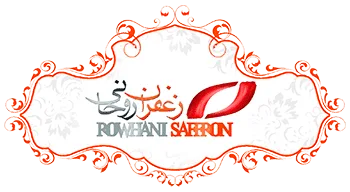99 Percentage of Iranian saffron is exported raw
Saeed Ali Hosseini, member of the Board of Directors of the National Saffron Council of Iran, said that 99 percent of Iranian saffron is shipped raw. In addition to the concern about the cheapness of saffron prices, industry and production management should be considered as more than 20 provinces of the country are involved in the production of saffron and We will soon be faced with mass production of saffron.
“We need to grow the saffron conversion industry because our competitors may have taken our markets one day, and that’s when we face a massive production of saffron, which is the market,” he said, pointing out that we should think about new markets and markets as soon as possible. Not for sale.
Member of the Board of Directors of the National Council of Saffron of Iran stated: “We should consider saffron conversion and saffron processing industries, because about 99 percent of Iran’s saffron is shipped raw and maybe one percent is used in conversion industries.
Husseini said one of the concerns is how long we can continue to sell crude, so we should go to the conversion industry to bring the real value added back to the country.
He noted that the companies and factories that are involved in the discussion of saffron are not just for the packaging and export of saffron, they have modern laboratories and they are looking for a saffron industry, so they should be supported.
Member of the board of directors of the National Council of Saffron said: “In the world we have a product that is our country’s priority and an advantage for the country, but unfortunately, we do not use this advantage as it deserves.”
Hosseini emphasized the need to take advantage of the full potential of saffron, saying that this advantage should be used in the interest of the country so that it benefits farmers and producers in their pockets.
He added: “It’s not expensive to buy expensive saffron, but to increase saffron will increase the motivation of competitors, so we should focus on competition in the world.”
Member of the National Board of Directors of Iran Saffron said: We should note that if we only look at the fact that saffron should be sold more expensive, our competitors will grow and enter the field, and the ground becomes more difficult for competition.
Hosseini emphasized: instead of this, we should pay attention to the saffron industry, the processing industry and its lateral products, and the producer should produce one gram of saffron per square meter of land, and if the producers produce 400 milligrams of saffron, it is indicative of our educational weakness.
He said: “In this regard, we have to manage the farms, and we must consider the producer and train him so that he can produce one gram of saffron per square meter of land.”
Member of the Board of Directors of the Saffron Council of Iran pointed out: Saffron exporters want the stability of the law, because when the exporter makes a contract with the buyer in a place in the world, he expects this to be a stable year, and when the rules change regularly, the competition market naturally disappears from us. And our sales market is in a state of weakness.







Get Social